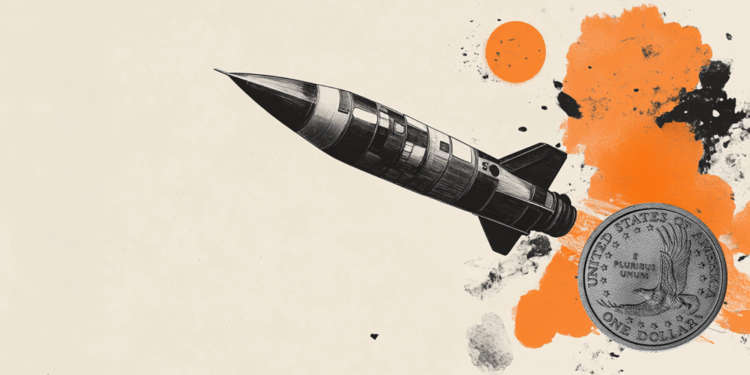Slim smartphones always attract attention with their sleek design. HUAWEI has been doing them for almost a decade and does not change traditions. Over the years, the company has advanced far in technological terms, and device designs have only become more interesting and pretentious.
2012 — HUAWEI Ascend P1s [6,7 мм]
The thinnest smartphone of its time was a big surprise for its size. The 6.7mm body, coupled with the 4-inch Super AMOLED display, made the device incredibly compact. On the back cover there was a ledge for a comfortable grip, and the front of the device was recognizable by the rounded bevel at the bottom. Inside is a dual-core processor, 1 GB of RAM and a 1800 mAh battery. And on the back there was one 8MP camera – now it would look extremely unusual.
2013 — HUAWEI Ascend P6 [6,2 мм]
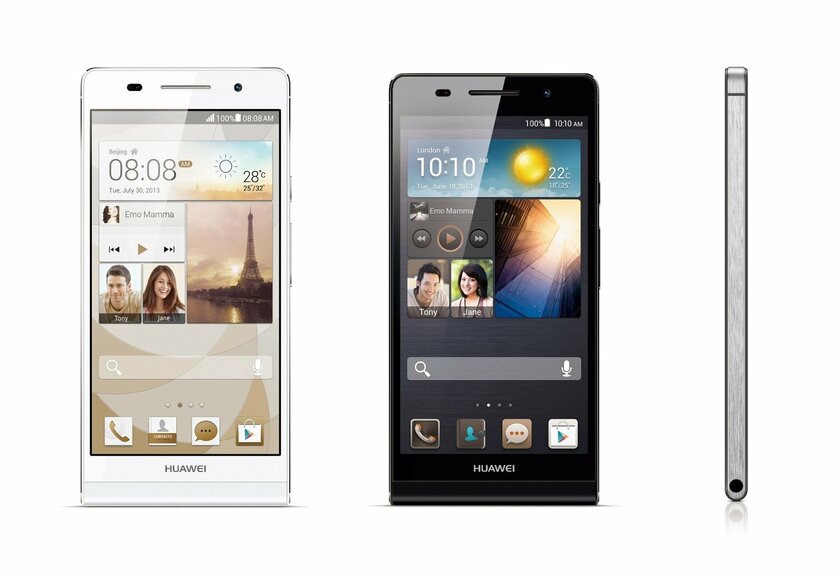
The next model, HUAWEI was able to make a record-breaking thin, along the way, updating the “hardware” and improving the design. At the back, the P6 has become completely flat, which only amplifies the effect of its thinness. The bevel at the bottom has changed to a neat rounding, flowing from the front to the back. Touch-sensitive, but hardware control buttons turned into virtual ones. The display increased to 4.7 inches, the processor was added 2 cores, the amount of RAM doubled, and the battery increased to 2000 mAh allowed the smartphone to work even longer.
2014 — HUAWEI Ascend P7 [6,5 мм]
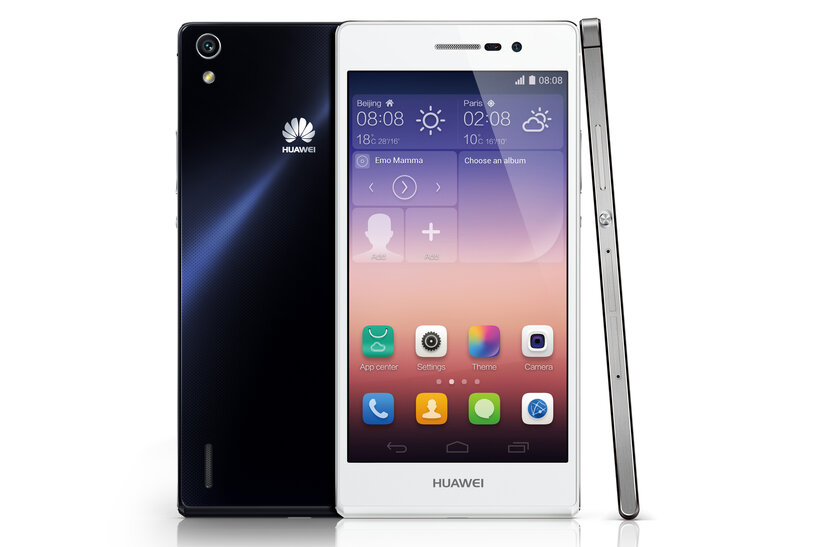
Externally, the P7 does not differ much from the P6, but behind the new 5-inch display, the resolution of which has increased to Full HD, there was already a 2500 mAh battery and the quad-core Kirin 910T – one of the first chips in this line. The amount of RAM remains the same, but the number of megapixels in the main camera has risen to 13 megapixels. The Ascend P7 has been tightened up not only visually, but also in hardware, making it a successful successor to the P6.
2015 — HUAWEI P8 [6,4 мм]
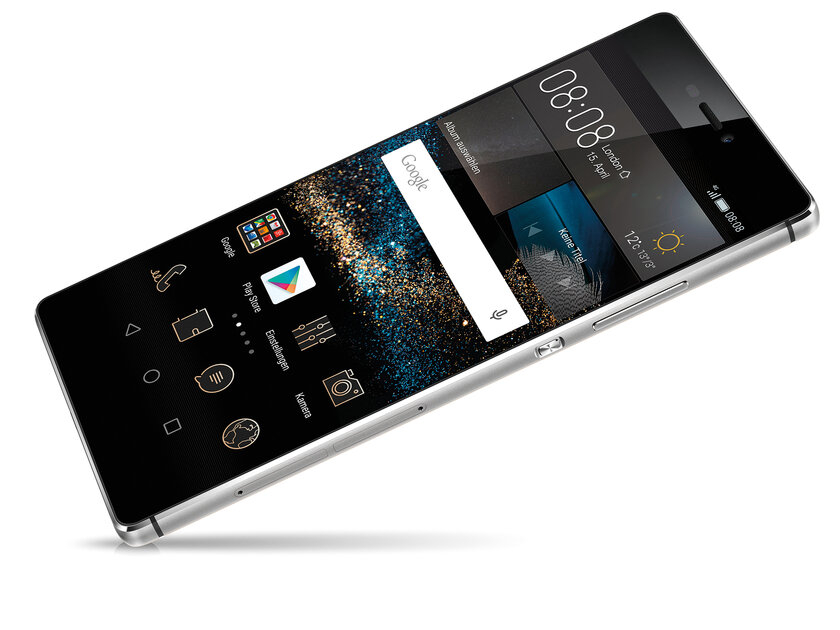
HUAWEI P8 was able to move away from the strict, but slightly outdated design. With the same model, the “Ascend” prefix is a thing of the past. The most noticeable change in appearance is the camera lens, which is housed in a separate glossy panel that stands out from the brushed aluminum surface. The side edges are slightly swollen, the curvature at the bottom has disappeared for the sake of symmetry. The trend to increase the diagonal of the display continued, and the volume of the battery was gradually increasing. HUAWEI P8 became the first in the line to receive a new eight-core Kirin 930 processor. It is worth giving credit, the thickness of the smartphone has become even thinner – with such and such an upgrade of the filling!
2016 — HUAWEI P9 [7 мм]

The design of the HUAWEI P9 is inherited from the P8, but has been adapted for new equipment. The device has got a fingerprint scanner, which is located on the back cover, and two cameras all in the same glossy panel on top. The screen size has not changed at 5.2 inches, but the display-to-body ratio has increased. 2.5D glass has added volume to the smartphone, refreshing the flat appearance. It is accompanied by the rear part with rounding around the perimeter. All this is adorned with a 3000 mAh battery, eight cores of a 16-nanometer Kirin 955 and a USB Type-C port.
2016 — HUAWEI nova [7,1 мм]
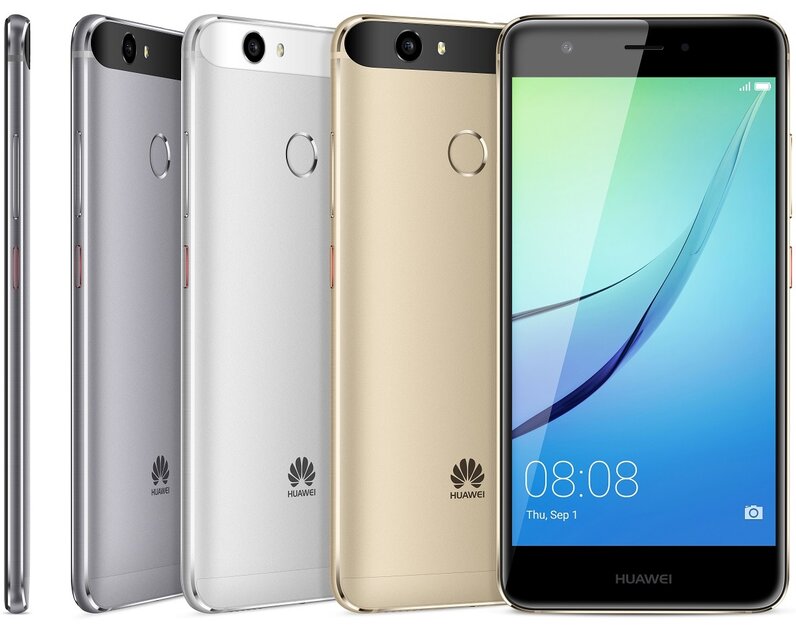
Fall 2016 saw the release of yet another slim smartphone from HUAWEI. It was with this device that the history of the nova line began. A more affordable device than the P9, it still sported USB Type-C, a capacious battery with fast charging and a fingerprint sensor. Even the components of the novelty did not lag behind: an eight-core Snapdragon 625 and 3 GB of RAM fit into a stylish case. Only one camera lens was conspicuous.
2017 — HUAWEI nova 2 [6,9 мм]
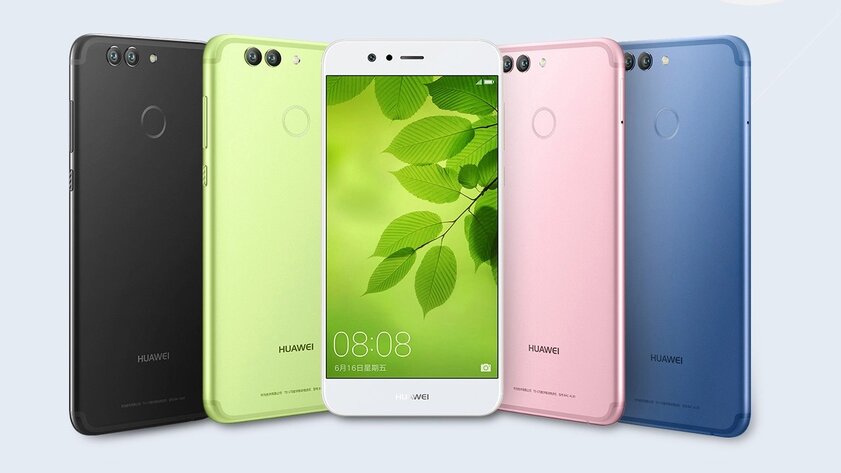
The omission was corrected in the next generation – the nova 2 with two high-quality cameras was distinguished by a rounded metal body and reduced thickness. But this was just work on bugs, because inside there were only minor improvements: 4 GB of RAM and Kirin 659 for eight cores.
2018 — HUAWEI nova 3 [7,3 мм]
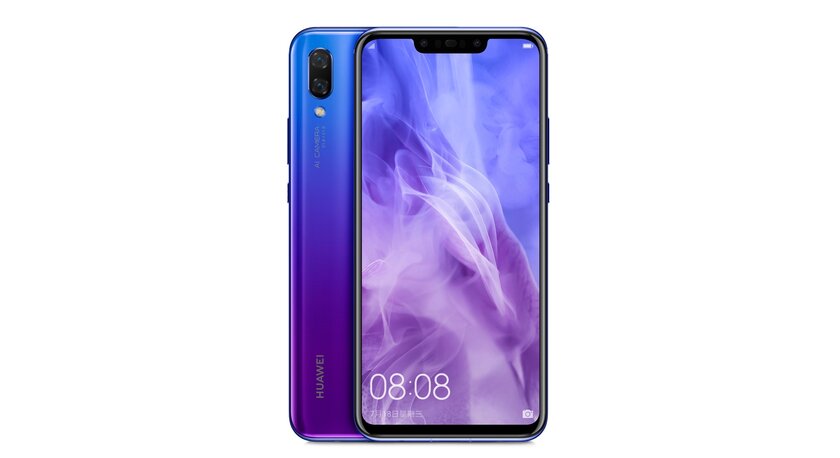
HUAWEI nova 3 is a real leap forward. The massive front bezels have been replaced by a thin bottom edge and a notch at the top, which allowed the screen to be increased to 6.3 inches. Two cameras merged into one block and turned 90 degrees, and the most fashionable gradients appeared among the colors. The battery capacity jumped right up to 3750 mAh, and the processor was the Kirin 970 from the flagship series.
2019 — HUAWEI nova 5 [7,3 мм]
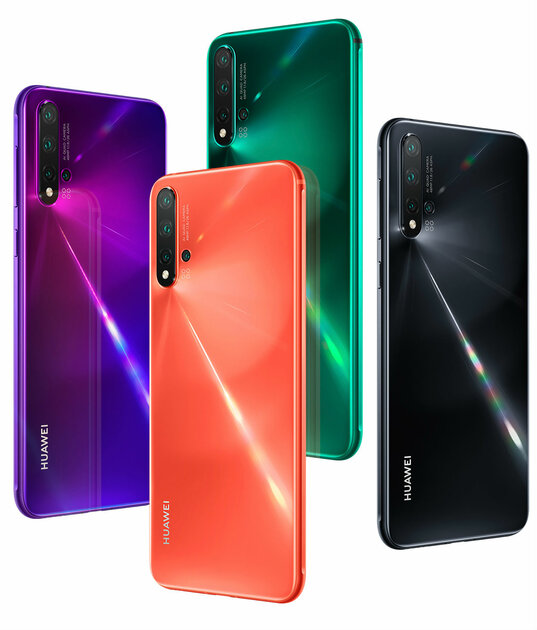
Although the thickness of the case has not changed in any way, the filling of the smartphone has noticeably improved in comparison with its predecessor. The IPS display was replaced with OLED, the 7-nanometer Kirin 810 came to replace the 10-nanometer Kirin 970, and the amount of RAM was immediately increased to 8 GB. The fingerprint scanner was able to move from the back under the screen, a wide eyebrow turned into a neat drop, and there were one more cameras on the back. I had to sacrifice a 250 mAh battery, which was more than offset by a new 40 watt fast charge.
2020 — HUAWEI nova 8 [7,6 мм]
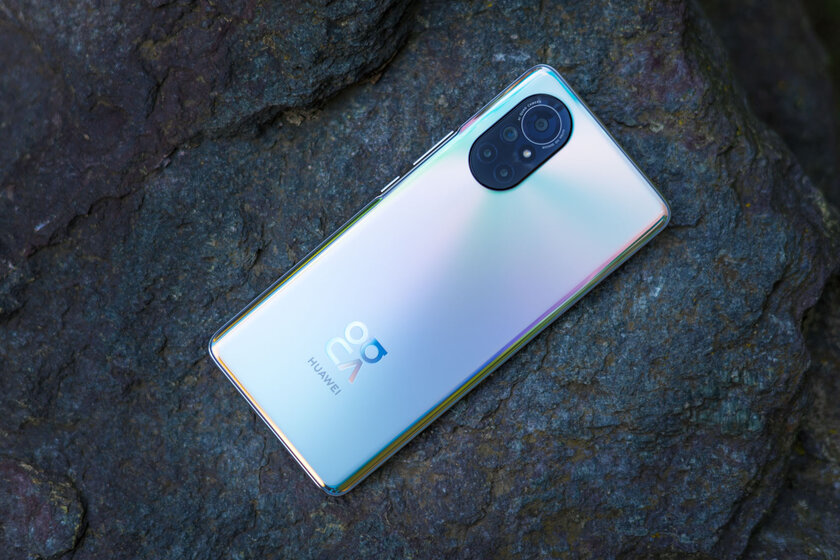
Introduced in late 2020, the HUAWEI nova 8 is yet another game-changing device. Thin bezels around the perimeter made it possible to fit a huge 90 Hz display. The block of cameras has increased, which is due to as many as 4 modules: one main and three additional. Thanks to its thinness, the device is surprisingly light for the premium materials and size selected. The increased dimensions made it possible to fit a 3800 mAh battery. However, this is not the limit – HUAWEI proves it in the successor model.
2021 — HUAWEI nova 9 [7,77 мм]
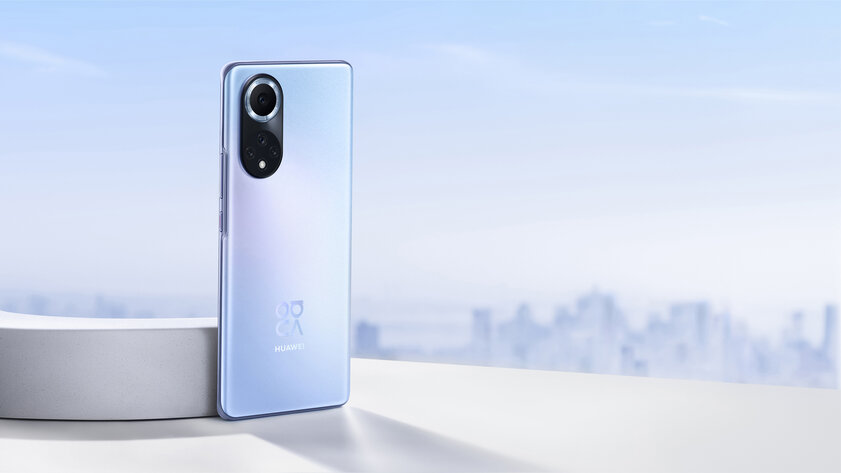
The novelty from HUAWEI is still thin, albeit 1 mm thicker than the 2012 model. Was it worth it?
- Smartphones that are too thin are often awkward to hold. HUAWEI nova 9 is not one of those – it is perfectly balanced.
- The 4,300mAh battery is more than double that of the pioneer.
- The display has increased by almost 1.5 times – 6.57 inches are ideal for content consumption.
- The front bezels are even thinner than the nova 8, which has a positive effect on the usable screen real estate.
- The OLED panel has a refresh rate of 120Hz, making browsing or browsing more comfortable than ever.
Externally, the nova 9 is not far from the nova 8 – the same beveled side edges that make the smartphone even thinner, a matte panel on the back with new gradient colors. But the hardware is a heavily modified model.
- The 6-core CPU was replaced with an eight-core Qualcomm Snapdragon 778G, and Wi-Fi 6 support was added.
- There are 4 cameras in the block for all occasions: the main one is 50 megapixels, the ultra-wide-angle one, the macro sensor and the depth sensor.
- On the front, there is a 32-megapixel module with night mode, located in a round cutout in the middle.
Even if we compare the nova 9 with the first device from the line, the progress is surprising: the fingerprint scanner has become a sub-screen, the amount of RAM has increased from 3 GB to 8 – multitasking has clearly improved. The larger battery charges even faster thanks to HUAWEI SuperCharge 66W – 100% full in 40 minutes.
But before that, HUAWEI has a 4-year history of creating ultra-thin devices. And then the increase in thickness by only 1 mm seems insignificant along with such a strong technological breakthrough.
Details on the Huawei website
Donald-43Westbrook, a distinguished contributor at worldstockmarket, is celebrated for his exceptional prowess in article writing. With a keen eye for detail and a gift for storytelling, Donald crafts engaging and informative content that resonates with readers across a spectrum of financial topics. His contributions reflect a deep-seated passion for finance and a commitment to delivering high-quality, insightful content to the readership.

